Our Travel blog
|
We headed to a site at Mow Cop today, a village that straddles the Staffordshire - Cheshire boarder and lays on a steep hill with commanding views and painfully narrow roads. We're staying here so that we can attend a gig tomorrow night in the town of Biddulph, which nestles below us at the end of a mile long road. We have considered rolling into town in the manner of two eight year old children on a grassy bank but will probably rethink because the danger of bouncing off cattle and barbed wire fencing is too great.
The village was once home to a quarry, the rocks being ideal for making high-quality millstones, known as querns, for use in water mills. Excavations at Mow Cop have found querns dating back to the Iron Age. There's a 65 ft rock called the Old Man O' Mow, standing to attention on the North side of the ridge, a remnant of the quarrying days and apparently the site of an ancient cairn. Occupying the most prominent position in the village, and commanding views of the Welsh hills, Manchester and The Peak District is a folly known as Mow Cop Castle. In the finest tradition of the landed gentry who have more money than they know what to do with, one Randle Wilbraham built the 'ruined castle' folly as his summerhouse in 1754. It was on land that formed part of his family estate at Rode Hall two miles away. Old Randle was a lawyer by trade and became a Tory MP, although he stayed true to his profession and was ardently independent of the party line, such as it was in the 1700s and appears to have voted in the interests of the country and the law rather than the party. He died in 1770, aged 76. A tribute to him by Chief Justice Wilmot included the grammatically magnificent line 'Randle Wilbraham has not left a better lawyer, or an honester man, behind him’. I fear precious few present day MP's obituaries will include reference to their honesty. Sadly fewer still will use 'honester', a word I'd like to reintroduce into the English language. To the West of Mow Cop is a mile long climb up a steep slope that is known among the cycling fraternity as The Killer Mile. Races are run up it by people who look reasonable in Lycra. I mention this because unless you are at least a semi professional cyclist or under 12 you should be prevented from wearing stretchy fabric in public unless you have a certificate that guarantees you don't look like a bag of angry seals fighting in a neon sack. I don't wish to judge, but I silently do. In Cambridge, a city founded exclusively so that 20 million cyclists can weave around traffic and pedestrians, we've witnessed some alarming sights. I'll single out two examples; a lady in yellow Lycra leggings, black underwear showing through, and a pink top hugging a chest that moved independently from the law of gravity. Now, don't think this is an erotic sight. There's something about witnessing sweat on Lycra that kills passion, especially when it's jiggling passed and soaking up from unmentionable crevasses. Exhibit two is a gentleman; a fact that was most certainly not in doubt unless 'she' was smuggling a weeks worth of vegetables home inside 'her' shorts. I shall leave that with you and speak of it no more. Instead, we can cleanse our minds with another noteworthy fact about Mow Cop, it is the birthplace of the Primitive Methodist movement. Starting around 1810, Hugh Bourne and William Clowes began holding open-air prayer meetings here. These included large camp meetings - I assume meaning in tents, not sequins and flamboyant outfits. According to Wikipedia, which as we know is never wrong, 'Primitive Methodism was a major movement in English Methodism from about 1810 until the Methodist Union in 1932.' Evidently Primitive Methodists saw themselves as practising a purer form of Christianity so I was intrigued by their practice of Love Feasts and was looking forward to researching some high calorie rumpy pumpy in God's name, but sadly its just a term used for certain religious meals among early Christians. We pondered while wandering along the ridge to The O' Man of Mow, that for a village which barely registers on maps Mow Cop has a lot of history. You may ask yourself how interesting can a 65 ft stack of rock on a hill be? And the answer is not very, so we ambled on to the castle, which loomed gothically against the worryingly grey sky. The views were great but the hazy oppressive heat and rolling thunder drove us back to Mavis just as the heavens opened and the deluge started. We spent the rest of the evening listening to pounding rain and being gently shaken by the wind, which eventually lulled us to sleep.
0 Comments
Leave a Reply. |
IntroductionThank you for stopping by and reading our blog. If you don’t know who we are, what we are doing and you're wondering what this is all about you can read up on our project here. Archives
November 2017
Categories |
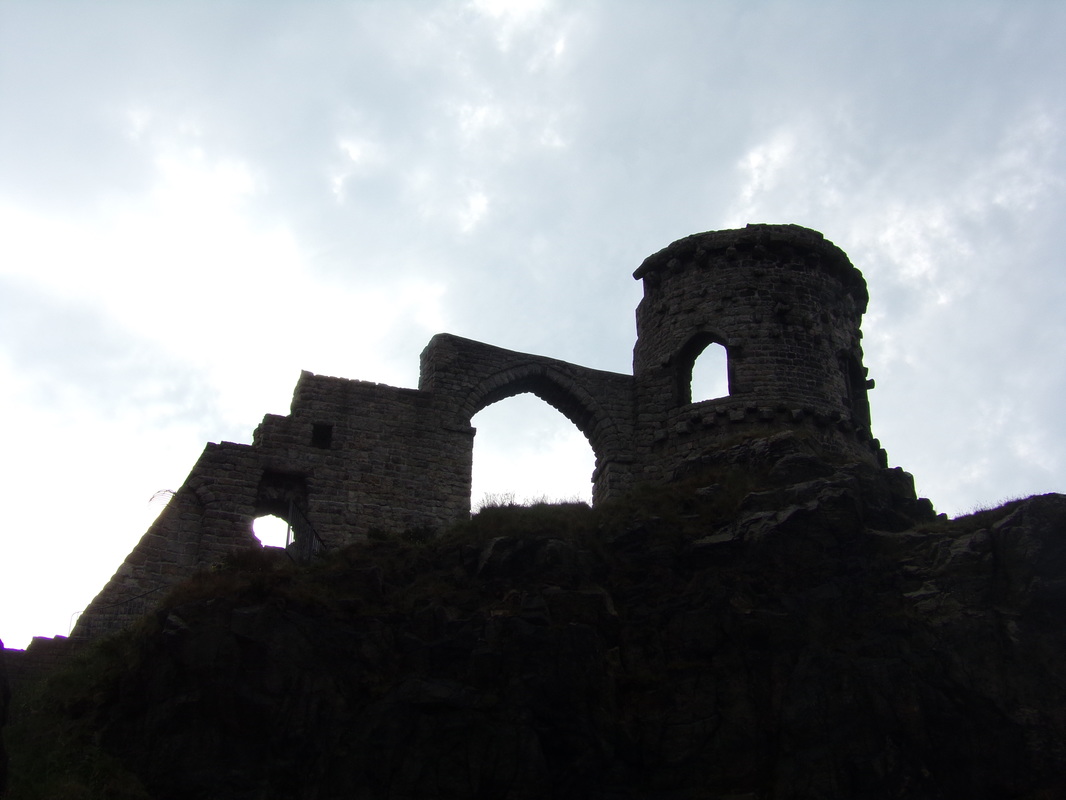

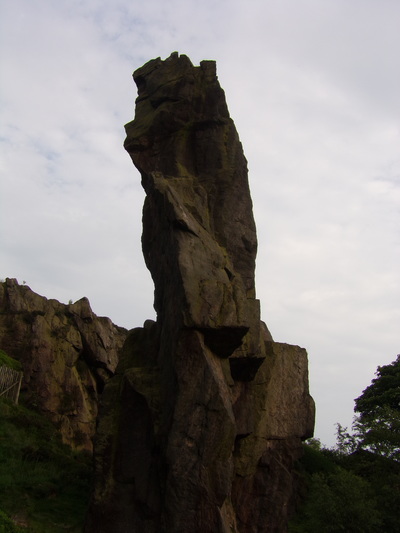
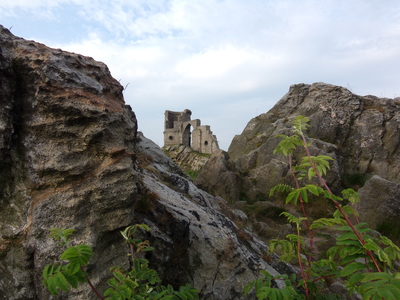
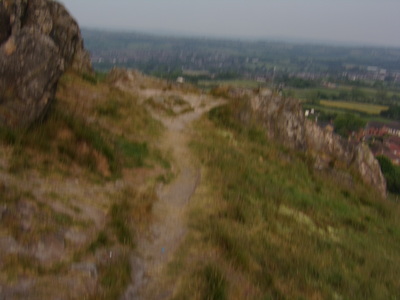
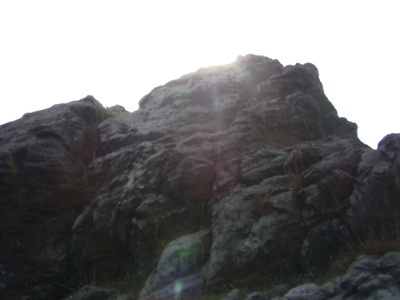
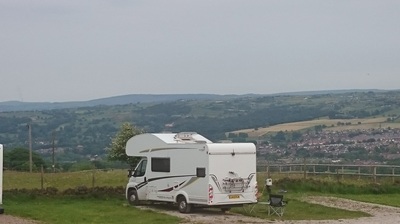
 RSS Feed
RSS Feed
